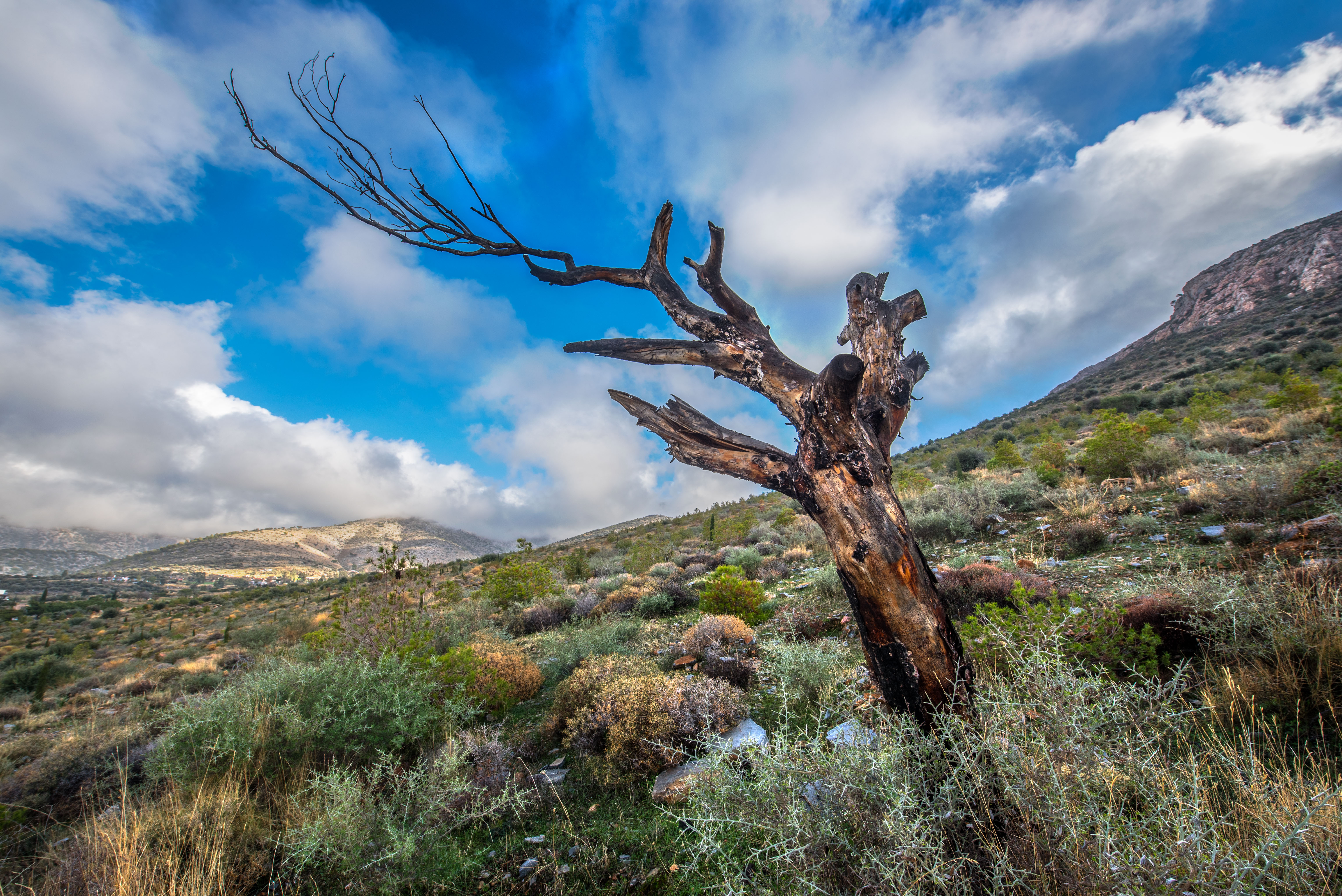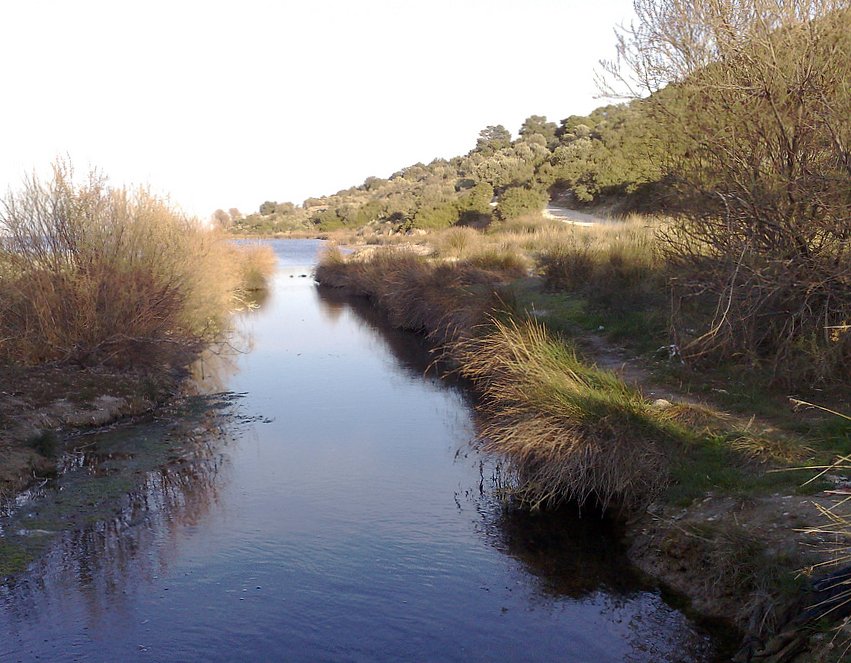|
Kephale (deme)
Cephale or Kephale ( grc, Κεφαλή) was a deme of ancient Attica of the ''phyle'' Acamantis, that appears, from the order in which it occurs in the list of Pausanias, to have been situated south or east of Hymettus, perhaps in the neighbourhood of Brauron, where Ludwig Ross found an inscription containing the name of this deme. Cephale possessed a temple of the Dioscuri, who were here called the Great Gods. The site of Cephale is located east of modern Keratea Keratea ( el, Κερατέα) is a town in East Attica, Greece. Since the 2011 local government reform it is part of the municipality Lavreotiki, of which it is a municipal unit. The municipal unit has an area of 129.864 km2. It is part of .... References Populated places in ancient Attica Former populated places in Greece Demoi {{AncientAttica-geo-stub ... [...More Info...] [...Related Items...] OR: [Wikipedia] [Google] [Baidu] |
Deme
In Ancient Greece, a deme or ( grc, δῆμος, plural: demoi, δημοι) was a suburb or a subdivision of Athens and other city-states. Demes as simple subdivisions of land in the countryside seem to have existed in the 6th century BC and earlier, but did not acquire particular significance until the reforms of Cleisthenes in 508 BC. In those reforms, enrollment in the citizen-lists of a deme became the requirement for citizenship; prior to that time, citizenship had been based on membership in a phratry, or family group. At this same time, demes were established in the main city of Athens itself, where they had not previously existed; in all, at the end of Cleisthenes' reforms, Athens was divided into 139 demes, to which one can be added Berenikidai (established in 224/223 BC), Apollonieis (201/200 BC), and Antinoeis (added in 126/127). The establishment of demes as the fundamental units of the state weakened the ''gene'', or aristocratic family groups, that had dominated t ... [...More Info...] [...Related Items...] OR: [Wikipedia] [Google] [Baidu] |
Phyle
''Phyle'' ( gr, φυλή, phulē, "tribe, clan"; pl. ''phylai'', φυλαί; derived from ancient Greek φύεσθαι "to descend, to originate") is an ancient Greek term for tribe or clan. Members of the same ''phyle'' were known as ''symphyletai'' ( gr, συμφυλέται), literally: ''fellow tribesmen''. They were usually ruled by a ''basileus''. Some of them can be classified by their geographic location: the Geleontes, the Argadeis, the Hopletes, and the Agikoreis, in Ionia; the Hylleans, the Pamphyles, the Dymanes, in the Dorian region. Attic tribes The best-attested new system was that created by Cleisthenes for Attica in or just after 508 BC. The landscape was regarded as comprising three zones: urban (''asty''), coastal ('' paralia'') and inland (''mesogeia''). Each zone was split into ten sections called ''trittyes'' ('thirdings'), to each of which were assigned between one and ten of the 139 existing settlements, villages or town-quarters, which were henceforth cal ... [...More Info...] [...Related Items...] OR: [Wikipedia] [Google] [Baidu] |
Acamantis
Acamantis ( el, Ακαμαντίς) was one of the phylai (tribes) of classical Athens, created during the reforms of Cleisthenes. It was named after the legendary hero Acamas, and included the demes of Cholargos, Eiresidai, Hermos, Iphistiadai, Kerameis, Kephale, Poros, Thorikos, Eitea, Hagnous, Kikynna, Prospalta and Sphettos. Pericles Pericles (; grc-gre, Περικλῆς; c. 495 – 429 BC) was a Greek politician and general during the Golden Age of Athens. He was prominent and influential in Athenian politics, particularly between the Greco-Persian Wars and the Pelopo ... was a member of this tribe.Tracy, Stephen V.. Pericles: A Sourcebook and Reader. United Kingdom: University of California Press, 2009. Notes References Tribes of ancient Attica {{AncientGreece-stub ... [...More Info...] [...Related Items...] OR: [Wikipedia] [Google] [Baidu] |
Pausanias (geographer)
Pausanias ( /pɔːˈseɪniəs/; grc-gre, Παυσανίας; c. 110 – c. 180) was a Greek traveler and geographer of the second century AD. He is famous for his ''Description of Greece'' (, ), a lengthy work that describes ancient Greece from his firsthand observations. ''Description of Greece'' provides crucial information for making links between classical literature and modern archaeology. Biography Not much is known about Pausanias apart from what historians can piece together from his own writing. However, it is mostly certain that he was born c. 110 AD into a Greek family and was probably a native of Lydia in Asia Minor. From c. 150 until his death in 180, Pausanias travelled through the mainland of Greece, writing about various monuments, sacred spaces, and significant geographical sites along the way. In writing ''Description of Greece'', Pausanias sought to put together a lasting written account of "all things Greek", or ''panta ta hellenika''. Living in t ... [...More Info...] [...Related Items...] OR: [Wikipedia] [Google] [Baidu] |
Hymettus
Hymettus (), also Hymettos (; el, Υμηττός, translit=Ymittós, pronounced ), is a mountain range in the Athens area of Attica, East Central Greece. It is also colloquially known as ''Trellós'' (crazy) or ''Trellóvouno'' (crazy mountain); the latter originates from the French "très long" (very long) in awe of its winding length of 16 km, as used by French travelers during the occupation of Greece by the Ottomans. Hymettus was assigned the status of a protected area in the EU's Natura 2000 ecological network. Geography The highest point of the mountain range is Evzonas (Εύζωνας) with an elevation of and the length of Hymettus is from Athens to the Saronic Gulf and 6 to 7 km from east to west. In ancient times, the highest point was known as Megas Hymettos and the southern peaks as Elattona (Ελάττονα) and Anydros Hymettos (Ἄνυδρος Ὑμηττός, "waterless Hymettos"). Today the southern peaks are called Mavrovouni (Μαυροβού� ... [...More Info...] [...Related Items...] OR: [Wikipedia] [Google] [Baidu] |
Brauron
Brauron (; grc, Βραυρών) was one of the twelve cities of ancient Attica, but never mentioned as a ''deme'', though it continued to exist down to the latest times. It was situated on or near the eastern coast of Attica, between Steiria and Halae Araphenides, near the river Erasinus. Brauron is celebrated on account of the worship of Artemis Brauronia, in whose honour a festival was celebrated in this place. The sanctuary of Artemis at Brauron (Modern Greek: Βραυρώνα - ''Vravrona'') is an early sacred site on the eastern coast of Attica near the Aegean Sea in a small inlet. The inlet has silted up since ancient times, pushing the current shoreline farther from the site. A nearby hill, c. 24 m high and 220 m to the southeast, was inhabited during the Neolithic era, c. 2000 BCE, and flourished particularly from Middle Helladic to early Mycenaean times (2000–1600 BCE) as a fortified site (acropolis).Hellenic Ministry of Culture Occupation ceased in ... [...More Info...] [...Related Items...] OR: [Wikipedia] [Google] [Baidu] |
Ludwig Ross
Ludwig Ross (22 July 1806, Bornhöved – 6 August 1859, Halle an der Saale) was a German classical archaeologist. He is chiefly remembered for the rediscovery and reconstruction of the Temple of Athena Nike in 1835–1836, and for his other excavation and conservation work on the Acropolis of Athens. He was also a significant figure in the early years of archaeology in the independent Kingdom of Greece, serving as Ephor General of Antiquities between 1834 and 1836. As a representative of the ''Bavarocracy —'' the dominance by northern Europeans, especially Bavarians, of Greek government and institutions under the Bavarian-born King Otto ''—'' Ross attracted the enmity of the native Greek archaeological establishment. He was forced to resign as Ephor General over his delivery of the Athenian 'naval records', a series of inscriptions first unearthed in 1834, to the German August Böckh for publication. He was subsequently appointed as the first professor of archaeology at ... [...More Info...] [...Related Items...] OR: [Wikipedia] [Google] [Baidu] |
Dioscuri
Castor; grc, Κάστωρ, Kástōr, beaver. and Pollux. (or Polydeukes). are twin half-brothers in Greek mythology, Greek and Roman mythology, known together as the Dioscuri.; grc, Διόσκουροι, Dióskouroi, sons of Zeus, links=no, from ''Dîos'' ('Zeus') and ''Kouroi, koûroi'' ('boys'). Their mother was Leda (mythology), Leda, but they had different fathers; Castor was the mortal son of Tyndareus, the king of Sparta, while Pollux was the divine son of Zeus, who raped Leda in the guise of a swan. The pair are thus an example of heteropaternal superfecundation. Though accounts of their birth are varied, they are sometimes said to have been born from an egg, along with their twin sisters Helen of Troy and Clytemnestra. In Latin the twins are also known as the Gemini (literally "twins") or Castores, as well as the Tyndaridae or Tyndarids.. Pollux asked Zeus to let him share his own immortality with his twin to keep them together, and they were transformed into the con ... [...More Info...] [...Related Items...] OR: [Wikipedia] [Google] [Baidu] |
Suda
The ''Suda'' or ''Souda'' (; grc-x-medieval, Σοῦδα, Soûda; la, Suidae Lexicon) is a large 10th-century Byzantine encyclopedia of the ancient Mediterranean world, formerly attributed to an author called Soudas (Σούδας) or Souidas (Σουίδας). It is an encyclopedic lexicon, written in Greek, with 30,000 entries, many drawing from ancient sources that have since been lost, and often derived from medieval Christian compilers. Title The derivation is probably from the Byzantine Greek word ''souda'', meaning "fortress" or "stronghold", with the alternate name, ''Suidas'', stemming from an error made by Eustathius, who mistook the title for the author's name. Paul Maas once ironized by suggesting that the title may be connected to the Latin verb ''suda'', the second-person singular imperative of ''sudāre'', meaning "to sweat", but Franz Dölger traced its origins back to Byzantine military lexicon (σοῦδα, "ditch, trench", then "fortress"). Silvio Giuse ... [...More Info...] [...Related Items...] OR: [Wikipedia] [Google] [Baidu] |
Keratea
Keratea ( el, Κερατέα) is a town in East Attica, Greece. Since the 2011 local government reform it is part of the municipality Lavreotiki, of which it is a municipal unit. The municipal unit has an area of 129.864 km2. It is part of Athens metropolitan area. Geography Keratea is situated in the hills in the southeastern part of the Attica peninsula, 6 km west of the Aegean Sea coast, at about 200 m elevation. It lies at the northern foot of . It is 5 km southeast of Kalyvia Thorikou, 12 km northwest of Lavrio and 29 km southeast of Athens city centre. Greek National Road 89 (Gerakas - Koropi - Lavrio - Sounio) passes through Keratea. In antiquity, the area of present Keratea was part of the deme Cephale, of the phyle Acamantis in Mesogeia area of Ancient Athens. Historical population The town has historically been an Arvanites, Arvanite settlement. Historical monuments The church of St. Athanasius (Kronizes). A wall painting monument (1744 ... [...More Info...] [...Related Items...] OR: [Wikipedia] [Google] [Baidu] |
Populated Places In Ancient Attica
Population typically refers to the number of people in a single area, whether it be a city or town, region, country, continent, or the world. Governments typically quantify the size of the resident population within their jurisdiction using a census, a process of collecting, analysing, compiling, and publishing data regarding a population. Perspectives of various disciplines Social sciences In sociology and population geography, population refers to a group of human beings with some predefined criterion in common, such as location, race, ethnicity, nationality, or religion. Demography is a social science which entails the statistical study of populations. Ecology In ecology, a population is a group of organisms of the same species who inhabit the same particular geographical area and are capable of interbreeding. The area of a sexual population is the area where inter-breeding is possible between any pair within the area and more probable than cross-breeding with ind ... [...More Info...] [...Related Items...] OR: [Wikipedia] [Google] [Baidu] |





